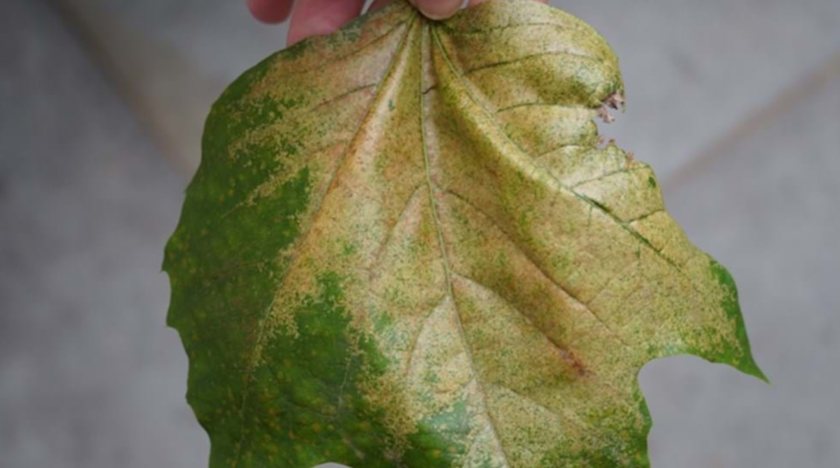
Volunteers are scouring trees for a pest not seen in the UK for 18 years, amid fears it could spread and cause widespread woodland damage.
The plane lace bug was reported by a member of the public and traced back to an outbreak on trees in central London by the Forestry Commission.
The pest, which originates in North America, is a new threat to the UK's plane trees, having first been reported 18 years ago.
Although not a serious threat to humans, the insect has occasionally been reported to bite.
How it arrived in the UK is still under investigation, but the Woodland Trust said the bug was known for being a 'great hitchhiker'.
A team of volunteers, managed by the Woodland Trust, have been called into action to support survey activities by scouring the London area and reporting any sightings across the entire UK.
Vicky Bolton, who heads the volunteers at the Woodland Trust, said the discovery of the pest was a concern due to its ability to get around and the damage it does to plane trees by sucking their sap.
She said: "It is a very small invertebrate that is great at hitchhiking on vehicles, clothing or bags, and the density of planes in London means this pest may spread quickly, as seen in other European countries.
"Adult lace bugs can fly, but they could also drop onto cars and move this way. Having so many plane-lined streets in many urban areas creates the perfect opportunity.
"The bugs are more attracted to weakened trees - especially likely in areas such as London, with street trees that may be stressed by other environmental factors.
"They can weaken trees and in very severe cases cause death in combination with fungal pathogens, so they are a serious concern."
The plane lace bug can reduce growth and weaken affected trees, making them more susceptible to other pests and diseases.
In large numbers, the pest can also invade homes, and has even been reported to bite humans, which can cause a mild rash to the skin and result in dermatitis.
